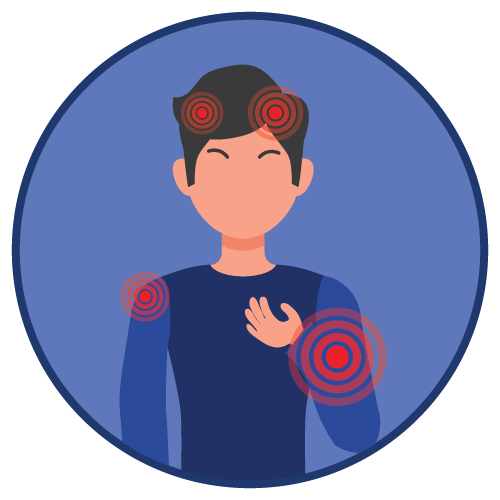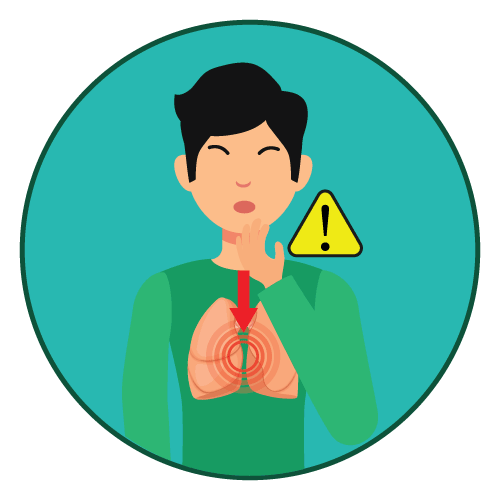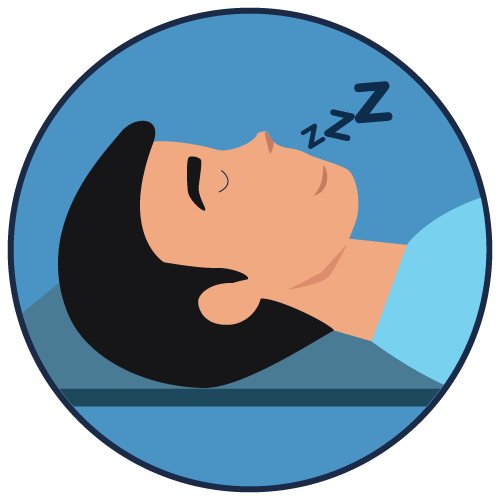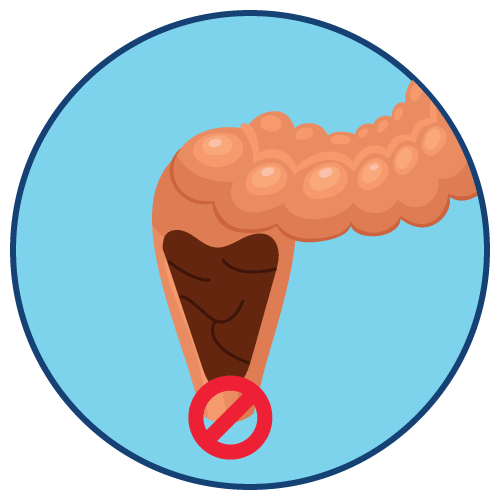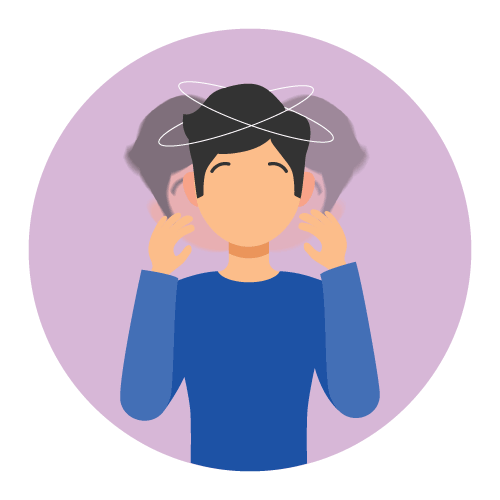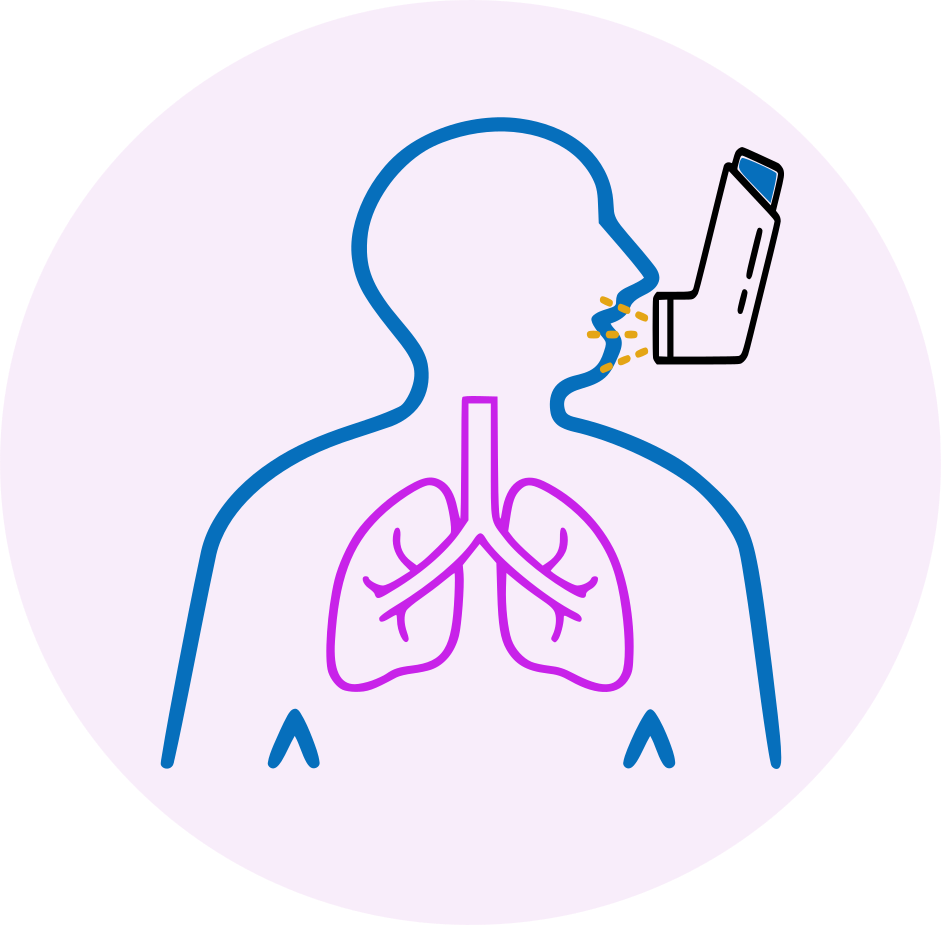| Name | Morphine Sulphate |
| Classes |
Analgesic / Pain Killer Central Nervous System Agent Narcotic/Opioid Analgesic |
| Diseases |
CNS Disorder Pain |
Morphine Sulphate
Morphine is an opioid agonist derived from the extract of the opium latex. It is a potent narcotic analgesic. Morphine is a full opioid agonist that is relatively selective for the mu-opioid receptor, though at higher doses it can bind to other opioid receptors. Morphin's primary therapeutic action is analgesia. Morphin, like all full opioid agonists, has no ceiling effect for analgesia. In clinical practice, the dosage is titrated to provide adequate analgesia and may be limited by adverse reactions such as respiratory and CNS depression.
Morphine Sulfate Tablets are an opioid agonist indicated for the management of acute and chronic pain severe enough to require an opioid analgesic and for which alternative treatments are inadequate.
Limitations of Use-
Because of the risks of addiction, abuse, and misuse with opioids, even at recommended doses, reserve Morphine Sulfate Tablets for use in patients for whom alternative treatment options [e.g., non-opioid analgesics or opioid combination products]
- Have not been tolerated, or are not expected to be tolerated
- Have not provided adequate analgesia, or are not expected to provide adequate analgesia.
- Use the lowest effective dosage for the shortest duration consistent with individual patient treatment goals.
- Individualize dosing based on the severity of pain, patient response, prior analgesic experience, and risk factors for addiction, abuse, and misuse.
- Discuss availability of naloxone with the patient and caregiver and assess each patient’s need for access to naloxone, both when initiating and renewing treatment with Morphine Sulfate Tablets. Consider prescribing naloxone based on the patient’s risk factors for overdose
- Initiate Treatment with Morphine Sulfate Tablets: 15 to 30 mg every 4 hours as needed.
- Do not abruptly discontinue Morphine Sulfate Tablets in a physically dependent patient because rapid discontinuation of opioid analgesics has resulted in serious withdrawal symptoms, uncontrolled pain, and suicide.
Commonly associated side effects with morphine are-
- Respiratory depression
- Sedation
- Nausea and vomiting
- Constipation
- Dizziness and lightheadedness
- Confusion and disorientation
- Hypotension
- Urinary retention
- Allergic reactions
WARNING: ADDICTION, ABUSE, AND MISUSE; RISK EVALUATION AND MITIGATION STRATEGY (REMS); LIFETHREATENING RESPIRATORY DEPRESSION; ACCIDENTAL INGESTION; NEONATAL OPIOID WITHDRAWAL SYNDROME; and RISKS FROM CONCOMITANT USE WITH BENZODIAZEPINES OR OTHER CNS DEPRESSANTS.
- Morphine Sulfate Tablets expose users to risks of addiction, abuse, and misuse, which can lead to overdose and death. Assess patient’s risk before prescribing and monitor regularly for these behaviors and conditions.
- To ensure that the benefits of opioid analgesics outweigh the risks of addiction, abuse, and misuse, the Food and Drug Administration (FDA) has required a Risk Evaluation and Mitigation Strategy (REMS) for these products.
- Serious, life-threatening, or fatal respiratory depression may occur. Monitor closely, especially upon initiation or following a dose increase.
- Accidental ingestion of Morphine Sulfate Tablets, especially by children, can result in a fatal overdose of morphine.
- Prolonged use of Morphine Sulfate Tablets during pregnancy can result in neonatal opioid withdrawal syndrome, which may be life-threatening if not recognized and treated. If prolonged opioid use is required in a pregnant woman, advise the patient of the risk of neonatal opioid withdrawal syndrome and ensure that appropriate treatment will be available.
- Concomitant use of opioids with benzodiazepines or other central nervous system (CNS) depressants, including alcohol, may result in profound sedation, respiratory depression, coma, and death. Reserve concomitant prescribing for use in patients for whom alternative treatment options are inadequate; limit dosages and durations to the minimum required; and follow patients for signs and symptoms of respiratory depression and sedation.
- Life-Threatening Respiratory Depression in Patients with Chronic Pulmonary Disease or in Elderly, Cachectic, or Debilitated Patients: Monitor closely, particularly during initiation and titration.
- Adrenal Insufficiency: If diagnosed, treat with physiologic replacement of corticosteroids, and wean patient off of the opioid.
- Severe Hypotension: Monitor during dosage initiation and titration. Avoid use of Morphine Sulfate Tablets in patients with circulatory shock.
- Risks of Use in Patients with Increased Intracranial Pressure, Brain Tumors, Head Injury, or Impaired Consciousness: Monitor for sedation and respiratory depression. Avoid use of Morphine Sulfate Tablets in patients with impaired consciousness or coma.
Contraindication
- Contraindicated in patients with Hypersensitivity to morphine.
- Concurrent use of monoamine oxidase inhibitors (MAOIs) or use of MAOIs within the last 14 days such as-
None known.
Morphine is contraindicated in the following conditions-
- Significant respiratory depression.
- Acute or severe bronchial asthma in an unmonitored setting or in absence of resuscitative equipment.
- Known or suspected gastrointestinal obstruction, including paralytic ileus.
 Bangla
Bangla English
English